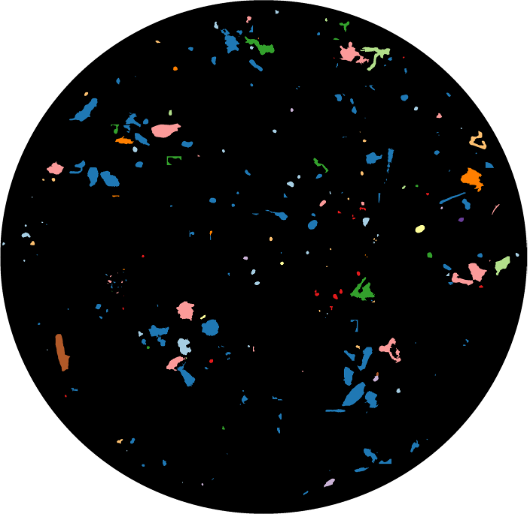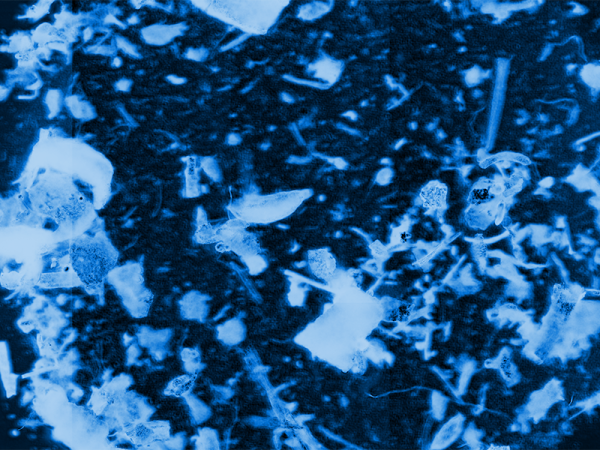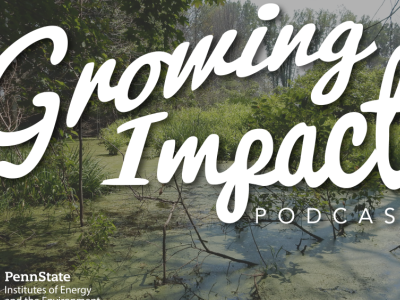After the mass production of plastics began in the 1950s, plastic waste started to enter the environment. In time, this waste broke down into microplastics. For decades, these often-microscopic fragments of plastic have flowed into and through the water and soil.
Lisa Emili, an associate professor of physical geography and environmental studies at Penn State Altoona, and a team of Penn State researchers are investigating where these microplastics accumulate along the way, particularly in wetland environments, river sediments, and estuaries before reaching the ocean. Their goal is to identify "hot spots" of accumulation and assess whether these areas are long-term sinks for microplastics. Additionally, they are exploring the potential impact of climate change, which could increase river flow, rainfall, and sea level rise, possibly flushing out accumulated plastics on a larger scale.
Assisting in this research is the Environmental Contaminants Analytical Laboratory, including Hlengilizwe Nyoni and Logan Kyle. Through specialized equipment and expert support, the laboratory can supply the researchers with crucial information. With automated chemical imaging systems such as the Laser Direct Infrared (LDIR), researchers can detect particles as small as 10 microns, identify the physical and chemical characteristics of each particle, and obtain precise details on particle counts and amounts by volume. The lab can go further and provide information on chemicals that may be carried by microplastics, such as PFAS, pharmaceuticals, and heavy metals.

“Understanding where and how long these plastics have been accumulating could help in reducing the amount that reaches the ocean. Additionally, by identifying the types and sources of plastics through services provided by the Environmental Contaminants Analytical Laboratory, our group hopes to find ways to prevent plastics from entering rivers in the first place.”
—Lisa Emili, associate professor of physical geography and environmental studies at Penn State Altoona







